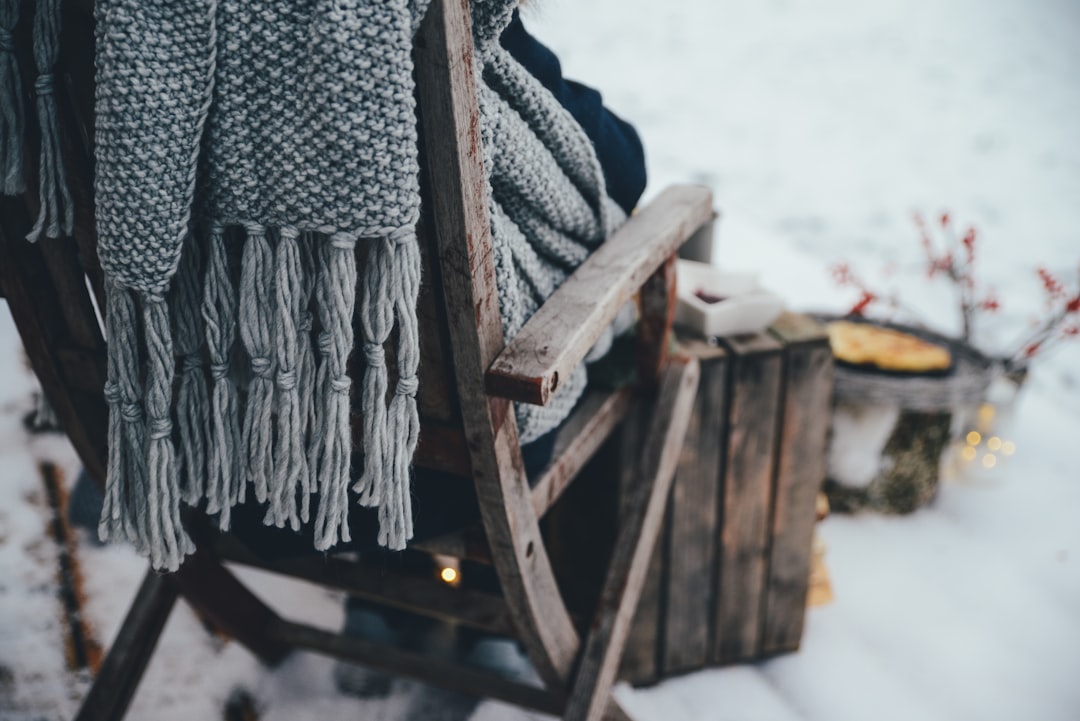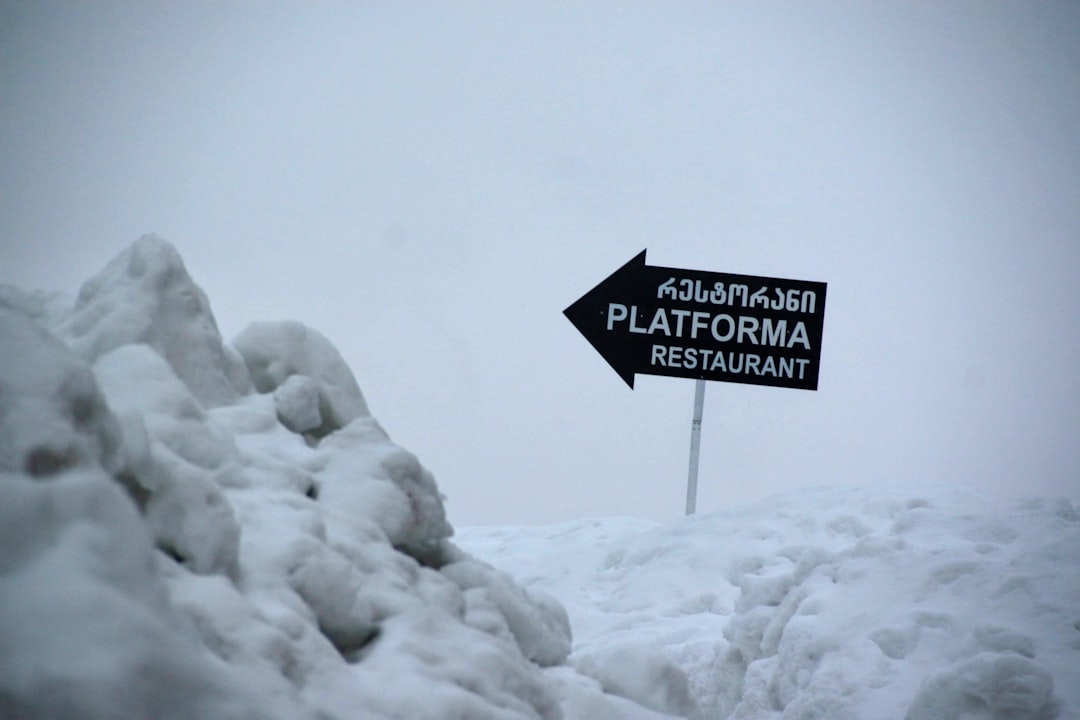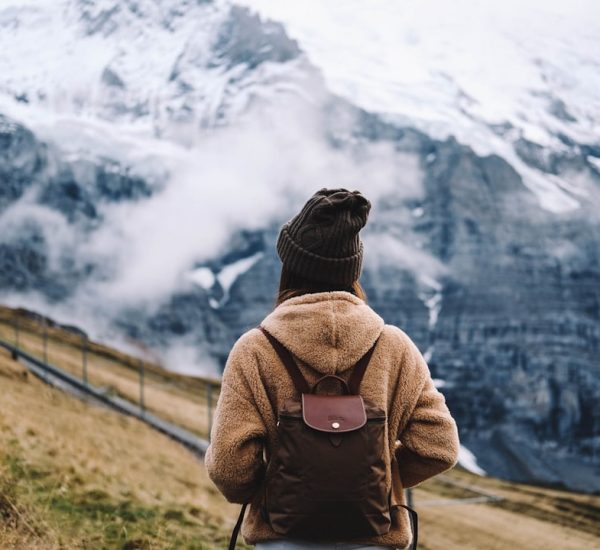Winter invigorates the senses with snow-capped peaks, chilly winds, and endless opportunities for outdoor adventure. From downhill skiing and snowboarding to snowshoeing and ice skating, winter sports offer a thrilling blend of exercise and escapism. However, these frosty pursuits also come with a fair share of risks, from hypothermia to high-speed collisions. Staying warm, aware, and prepared is crucial for a safe and enjoyable experience. Whether you’re a first-time ski tourist or a seasoned snowboarder, following expert safety tips can help ensure your winter sports adventures are safe as well as memorable.
Dress Smart: Layer Up for Warmth and Safety
One of the most important aspects of winter sports safety begins with what you wear. Proper clothing doesn’t just keep you warm—it also protects against hypothermia, frostbite, and other cold-weather-related injuries.
- Base Layer: Use moisture-wicking fabrics like synthetic materials or merino wool. Avoid cotton, as it traps moisture and chills the skin.
- Insulating Layer: Go for fleece or down jackets to retain body heat effectively.
- Outer Layer: Invest in a waterproof and windproof jacket and pants for protection against the elements.
Don’t forget essential accessories like thermal gloves, wool socks, a helmet-compatible hat or balaclava, and UV-protective goggles. A full face mask may also help protect skin on particularly cold or windy days.

Physical Preparation: Train Before You Hit the Slopes
Winter sports often demand sudden movements, balance, and endurance. A lack of conditioning can lead to muscle strains or more serious injuries. Engaging in preseason exercises specifically tailored for your sport helps improve your agility and stamina.
- Strength Training: Focus on core, leg, and arm muscles to support your movements on snowy surfaces.
- Flexibility and Balance: Incorporate yoga or stretching routines to increase flexibility and reduce fall risk.
- Cardio Workouts: Skiing or snowboarding requires stamina. Aerobic exercises such as running, cycling, or swimming can help build your endurance.
Warming up before any activity is essential. A quick 10-minute walk or dynamic stretching routine can help loosen muscles and reduce the risk of injury.
Check the Weather and Avalanche Reports
Winter weather can shift dramatically. Always check local conditions and avalanche forecasts before heading out. Visibility, snow quality, and temperature can all influence your safety during outdoor winter activities. Be especially cautious in backcountry areas where the risk of avalanches is higher.

Use the Right Equipment (and Maintain It)
Having properly fitted and well-maintained gear is essential for safety. Rental shops often provide assistance in choosing the right size and type of equipment for beginners. If you own your own gear:
- Check your bindings and ensure they are properly adjusted.
- Sharpen skis or snowboard edges and check for base damage.
- Ensure ice skates are properly sharpened to avoid slips.
- Inspect snowshoes or cross-country skis for wear and tear.
Helmets are essential in most winter sports to protect against head injuries. Choose one that fits snugly and is designed specifically for the activity (snowboarding helmets differ slightly from bike helmets, for instance).
Know Your Limits
Pushing yourself too far, too quickly is a recipe for disaster. Particularly in high-speed or high-altitude sports like skiing or snowboarding, it’s crucial to pace yourself and only attempt slopes or terrains that suit your skill level.
If you’re new to the sport, consider taking a lesson. Certified instructors can provide fundamental safety techniques, help you develop proper form, and reduce the learning curve—all while emphasizing safe habits from the start.
Stay Hydrated and Nourished
It might surprise you to learn that cold weather can be just as dehydrating as hot conditions. Cold air saps moisture from the body quicker than many realize. Drink plenty of water before and during your activities. Avoid caffeine and alcohol, which can accelerate dehydration and impair your decision-making skills.
Bring portable snacks like trail mix, granola bars, and fruit to keep your energy level up. Maintaining consistent energy helps maintain focus and physical coordination, which are critical for safety.
Emergency Preparedness
Nature is unpredictable, and even the most experienced adventurers can find themselves in emergencies. Carrying a compact safety kit could be lifesaving, especially in remote or alpine regions.
- Carry a fully charged smartphone with emergency contact numbers programmed.
- Pack a whistle, a small first aid kit, and hand warmers.
- In backcountry areas, consider avalanche safety gear: a beacon, shovel, and probe.
- If traveling in groups, discuss a meeting place and timeline in case someone gets separated.
Follow Resort and Trail Rules
Every ski resort and ice rink has specific safety regulations. These are typically in place for a reason. Respect signage, trail boundaries, and speed limits where applicable. Always yield to people downhill and maintain control of your speed.
If snowmobiling or cross-country skiing, stay on designated paths and be aware of wildlife and natural hazards like frozen lakes or hidden tree stumps.
Lastly, it’s essential to stop when you’re tired. Most injuries occur when athletes push through fatigue, leading to reduced coordination and slower reaction times.
Be Mindful of Others
Winter sports are often shared experiences. Whether you’re gliding through a busy rink or descending a popular slope, keep an eye on others and practice awareness. Sudden stops, unpredictable movements, or texting while skiing can cause unwanted accidents.
Being respectful and cautious helps create a secure environment for everyone to enjoy their winter day.
Frequently Asked Questions (FAQ)
- Q: What is the best way to prevent frostbite?
A: Dress in layers, cover exposed skin, and avoid staying out in extreme cold for long periods. If skin turns white or feels numb, it’s time to go indoors and warm up gradually. - Q: How can I tell if I am suffering from hypothermia?
A: Symptoms include uncontrollable shivering, confusion, slurred speech, and fatigue. Seek medical attention immediately and warm the individual slowly using dry clothing and warm (not hot!) fluids. - Q: Is it safe to participate in winter sports during snowfall?
A: Light snow is usually safe, but heavy or wet snow can reduce visibility and increase avalanche risk. Always check local weather and terrain conditions before venturing out. - Q: What should be in a winter sports emergency kit?
A: Essentials include a whistle, mini first aid kit, charged phone or communication device, hand warmers, and if in avalanche-prone zones, a beacon, shovel, and probe. - Q: Can children safely participate in winter sports?
A: Absolutely, as long as they are supervised, equipped with proper safety gear like helmets and goggles, and are engaged in age-appropriate activities.
In summary, winter sports can be exhilarating and healthy activities when approached with preparation and caution. By dressing appropriately, staying hydrated, watching the weather, and using the right gear, individuals can enjoy everything that winter has to offer while remaining warm and injury-free.



